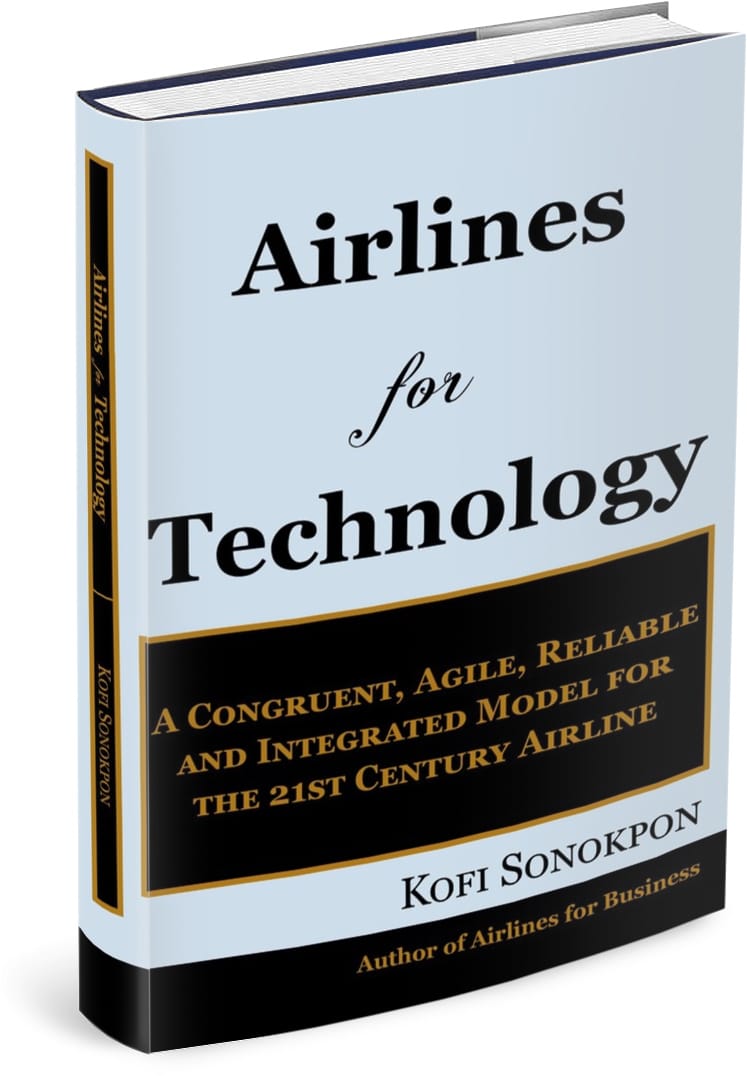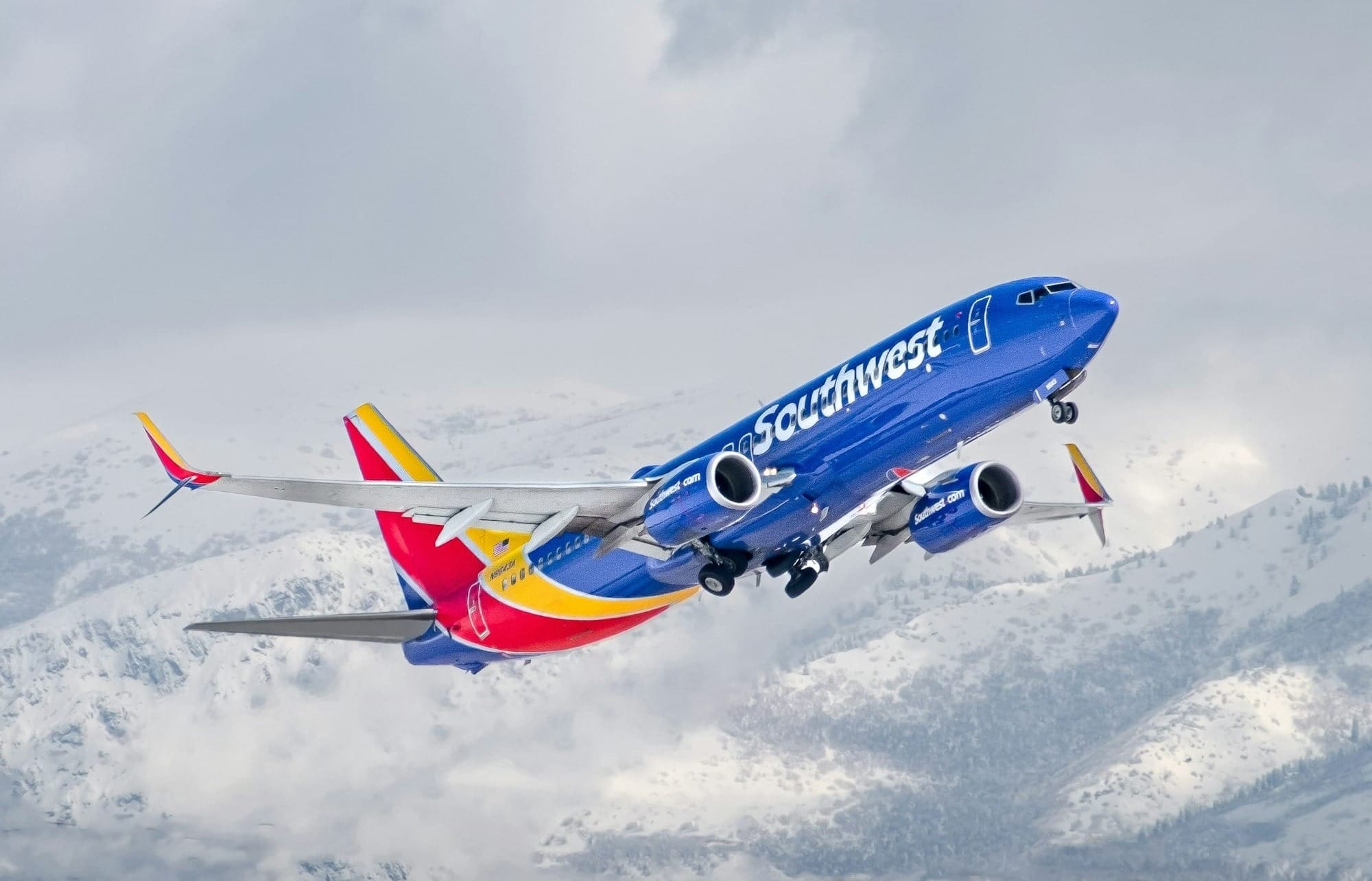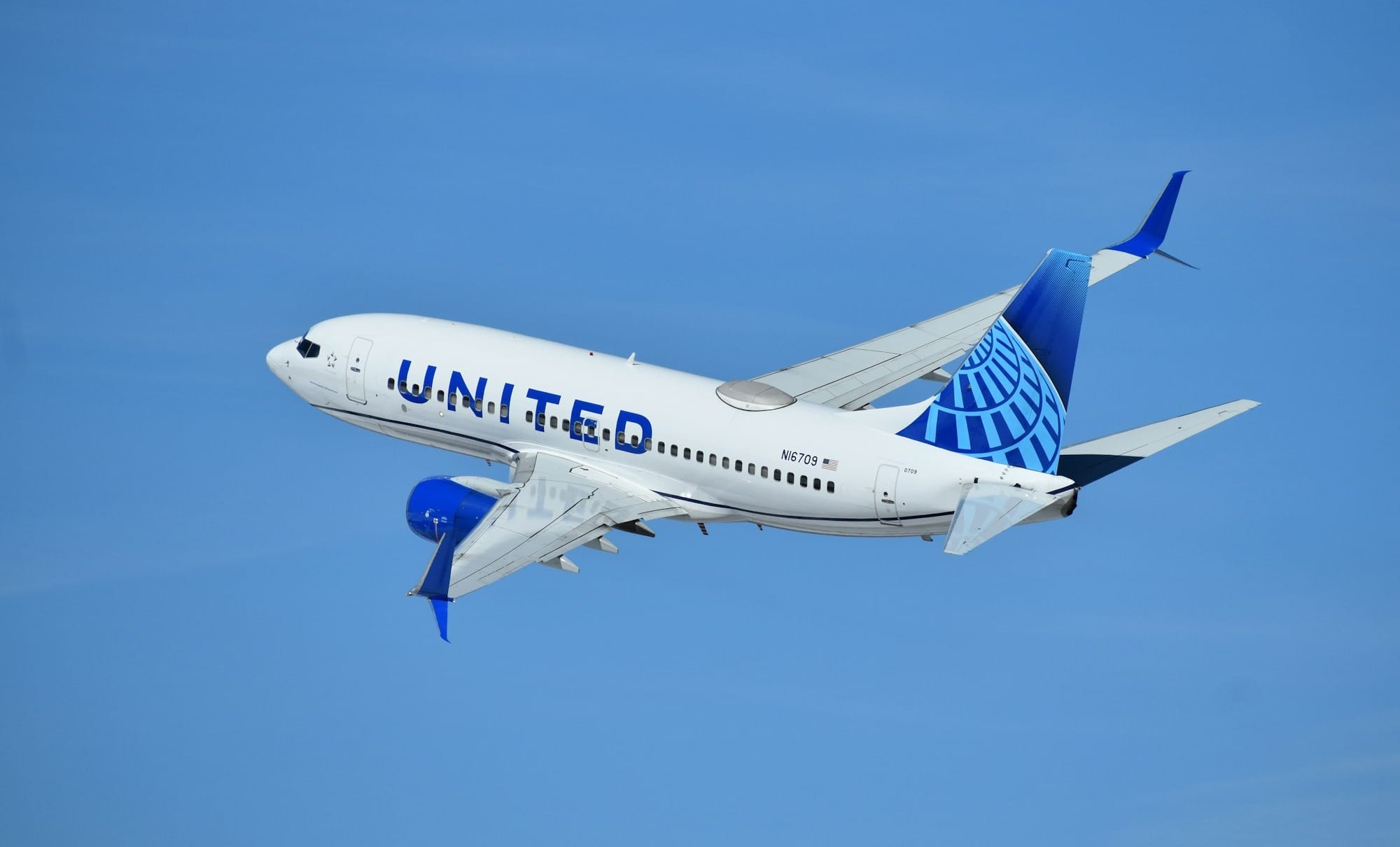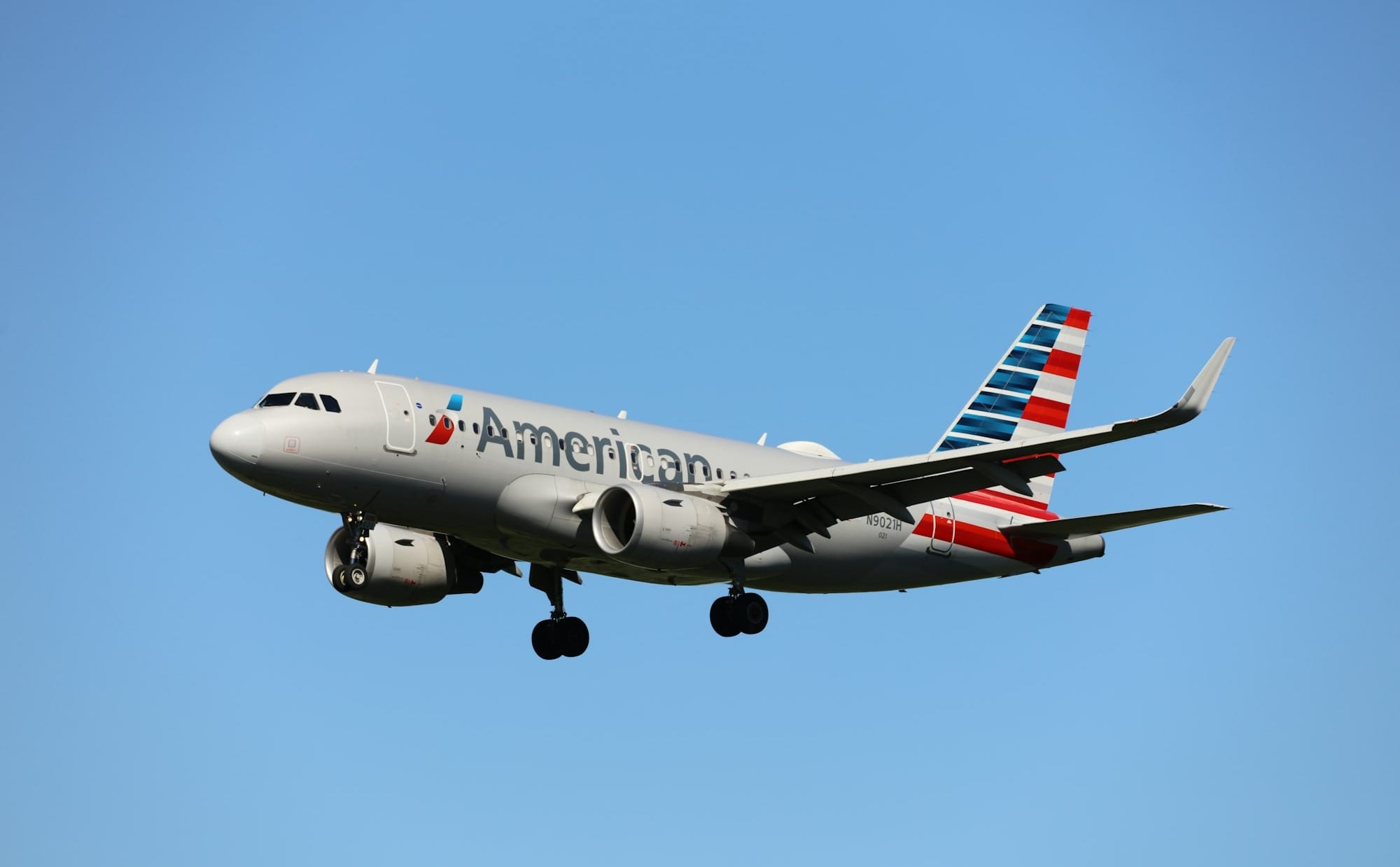Pilot Shortage Continues to Cause Disruptions: Major Airlines Cancel Hundreds of Flights
The aviation industry is grappling with a significant pilot shortage, leading to widespread disruptions as major airlines cancel hundreds of flights.

Pilot Shortage Continues to Cause Disruptions: Major Airlines Cancel Hundreds of Flights
Key Takeaways:
- The aviation industry faces a severe pilot shortage, leading to widespread flight cancellations.
- Contributing factors include the COVID-19 pandemic, an aging pilot workforce, and stringent training requirements.
- Airlines are implementing various strategies to mitigate the impact, but long-term solutions are essential.
The aviation industry is grappling with a significant pilot shortage, leading to widespread disruptions as major airlines cancel hundreds of flights. This ongoing issue has been exacerbated by a combination of factors, including the COVID-19 pandemic, an aging pilot workforce, and stringent training requirements. The resulting cancellations are affecting passengers, airline operations, and the broader travel sector.
The Extent of the Problem
The pilot shortage has become a critical issue for airlines worldwide, but it is particularly acute in North America. Major carriers such as American Airlines, Delta Air Lines, United Airlines, and Southwest Airlines have all reported substantial flight cancellations due to a lack of available pilots. For instance, American Airlines recently announced the cancellation of over 300 flights in a single weekend, attributing the disruptions primarily to pilot shortages.
Delta Air Lines has also faced similar challenges, with hundreds of flights being canceled or delayed. The airline has been forced to adjust its schedules and reduce the frequency of certain routes to manage the shortfall. United Airlines, which has been proactive in addressing the shortage by establishing its own pilot training academy, still finds itself struggling to meet operational demands.
Causes of the Pilot Shortage
Several factors have contributed to the current pilot shortage:
- COVID-19 Pandemic: The pandemic led to a significant reduction in air travel, prompting airlines to offer early retirement packages to senior pilots as a cost-saving measure. As travel demand rebounded faster than anticipated, airlines found themselves without enough experienced pilots to meet the surge.
- Aging Workforce: A substantial portion of the pilot workforce is nearing retirement age. According to the Federal Aviation Administration (FAA), the mandatory retirement age for pilots is 65, and many pilots are reaching this threshold, further depleting the pool of available aviators.
- Training and Certification Requirements: Becoming a commercial airline pilot requires extensive training and certification, which can take several years to complete. The rigorous requirements, including accumulating a minimum of 1,500 flight hours, pose a barrier to quickly replenishing the pilot ranks.
- Increased Demand for Air Travel: The resurgence in travel demand post-pandemic has outpaced the rate at which new pilots can be trained and certified. This mismatch between supply and demand has led to operational challenges for airlines.
Impact on Passengers
The pilot shortage has had a profound impact on passengers, leading to flight cancellations, delays, and reduced service frequency. Travelers are experiencing increased uncertainty and inconvenience, with many finding their travel plans disrupted at short notice. This has also resulted in longer wait times for rebooking and customer service assistance, further exacerbating passenger frustration.
For example, during the recent holiday travel season, numerous passengers faced unexpected cancellations and delays, leading to missed connections and disrupted vacation plans. The ripple effects of these cancellations often extend beyond the initial flight, affecting subsequent legs of the journey and causing widespread logistical challenges.
Airline Responses and Mitigation Strategies
Airlines are employing various strategies to mitigate the impact of the pilot shortage and ensure operational continuity:
- Pilot Training Programs: Major airlines are investing in pilot training academies to expedite the training and certification process. United Airlines, for instance, launched the United Aviate Academy with the goal of training 5,000 new pilots by 2030. Similarly, Delta Air Lines has partnered with flight schools to create a streamlined pathway for aspiring pilots.
- Increased Compensation and Incentives: To attract and retain pilots, airlines are offering competitive compensation packages and signing bonuses. American Airlines recently announced a substantial pay increase for its pilots, along with improved benefits and incentives.
- Schedule Adjustments: Airlines are adjusting their schedules to optimize pilot utilization. This includes reducing the frequency of flights on less profitable routes and reallocating resources to high-demand routes. While this strategy helps manage the shortage, it can also lead to reduced service options for passengers in certain markets.
- Collaboration with Regional Airlines: Major carriers are collaborating with regional airlines to bolster their pilot ranks. For example, SkyWest Airlines, a major regional carrier, has entered into partnerships with larger airlines to provide pilot training and support. This collaborative approach helps bridge the gap and ensures a steady supply of pilots.
Long-Term Solutions
Addressing the pilot shortage requires long-term solutions that go beyond immediate mitigation strategies. Industry stakeholders, including airlines, regulatory bodies, and educational institutions, must work together to develop sustainable approaches:
- Regulatory Reforms: Revisiting and potentially revising regulatory requirements for pilot training and certification could help streamline the process without compromising safety. This includes exploring alternative pathways for accumulating flight hours and enhancing training programs.
- Diversity and Inclusion Initiatives: Encouraging diversity and inclusion within the pilot workforce can help expand the talent pool. Initiatives aimed at attracting women, minorities, and underrepresented groups to the aviation profession are essential for building a robust and diverse pilot pipeline.
- Technological Advancements: Leveraging technology to enhance pilot training and operations can improve efficiency and safety. Advanced flight simulators, virtual reality training modules, and data-driven analytics can play a crucial role in preparing pilots more effectively.
- Public-Private Partnerships: Collaboration between government agencies, airlines, and educational institutions is vital for addressing the pilot shortage. Public-private partnerships can support funding for training programs, scholarships, and outreach initiatives to attract new talent to the aviation industry.
Conclusion
The ongoing pilot shortage poses significant challenges for the aviation industry, leading to widespread flight cancellations and disruptions. Major airlines are taking proactive measures to address the shortfall, but long-term solutions are needed to ensure a sustainable and resilient pilot workforce.
As the industry navigates this complex issue, collaboration and innovation will be key to overcoming the pilot shortage and ensuring that air travel remains safe, reliable, and accessible for passengers. By investing in training programs, regulatory reforms, and diversity initiatives, the aviation sector can build a stronger foundation for the future and mitigate the impact of pilot shortages on travelers and airline operations.
Summary
The aviation industry is currently facing a severe pilot shortage, causing major airlines to cancel hundreds of flights. This issue is driven by factors such as the COVID-19 pandemic, an aging pilot workforce, and stringent training requirements. Airlines are implementing various strategies to mitigate the impact, including investing in pilot training programs, offering increased compensation, adjusting schedules, and collaborating with regional airlines. Long-term solutions, such as regulatory reforms, diversity initiatives, technological advancements, and public-private partnerships, are essential to address the shortage sustainably.
Q&A Section
Q: What are the main causes of the pilot shortage? A: The main causes include the COVID-19 pandemic, an aging pilot workforce, stringent training and certification requirements, and increased demand for air travel.
Q: How are airlines responding to the pilot shortage? A: Airlines are investing in pilot training programs, offering increased compensation and incentives, adjusting schedules, and collaborating with regional airlines to mitigate the impact.
Q: What long-term solutions are being considered to address the pilot shortage? A: Long-term solutions include regulatory reforms, diversity and inclusion initiatives, leveraging technological advancements, and fostering public-private partnerships.
Q: How does the pilot shortage impact passengers? A: Passengers face flight cancellations, delays, reduced service frequency, increased uncertainty, and longer wait times for rebooking and customer service assistance.
Q: Why is the pilot shortage particularly acute in North America? A: The pilot shortage is particularly acute in North America due to a combination of factors, including a significant number of pilots nearing retirement age and the rapid rebound in travel demand post-pandemic.








